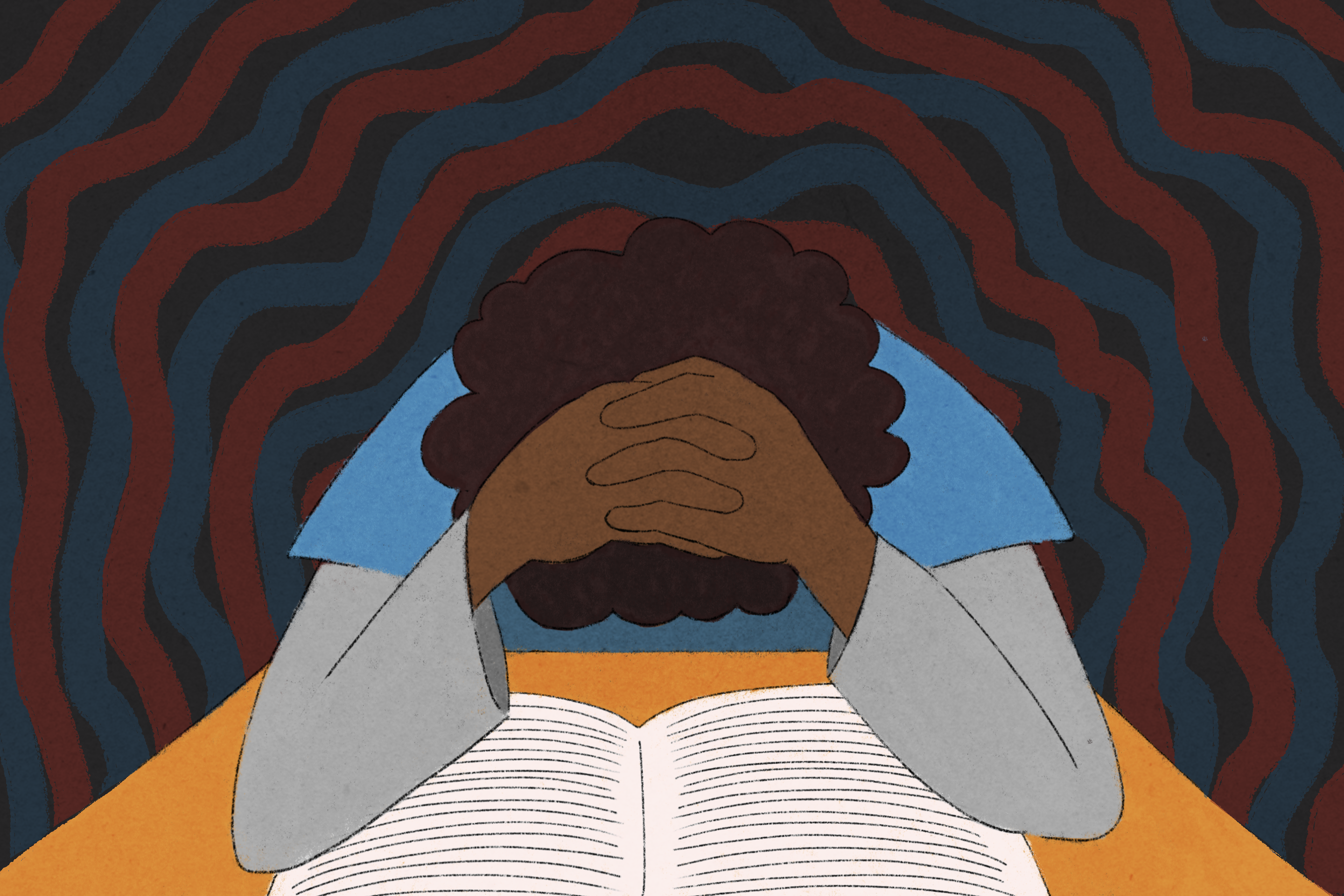TW: mention of suicide
From cultural pressures to economic disparities, Black, Indigenous, people of color (BIPOC) face more than white students. University-organized spaces and programs for minority-related stress regulation is a necessity for the wellbeing of students of color, yet this resource is scarce. Though universities may host study groups and offer clubs for students of color, there should be programs geared towards processing both academic and minority-related stressors in the same space.
Midterm and final exams are pivotal points of stress during the academic year, with many students cramming late-night study sessions while sacrificing sleep. Caffeine becomes a must and anxiety regarding final grades increases. Though there are no significant differences in reported burnout rates between white and BIPOC students, BIPOC students face more stressors that make them susceptible to burnout, depression and in severe cases, suicidality. Therefore, niche therapy groups for BIPOC and more cultural sensitivity training for professors are crucial for learning healthy study behaviors, approaches and coping mechanisms for academic and personal stress.
Obvious stressors for BIPOC students include microaggressions and racism, which makes them feel uncomfortable at predominantly white institutions. Black students in particular face the most racism without any mental health support on campus. If students don’t feel comfortable while having no resources to report racism to, professors may be unaware of their own cultural insensitivity, increasing anxiety for BIPOC while they are simply attending class.
Cultural mindset differences can also influence the stress college students face. Black and Hispanic parents emphasize college as a catalyst for their children’s success more than white parents do, creating a climate that may place more pressure on students of color to be perfectionists. Some studies demonstrate that Hispanic college students report more thoughts of dropping out of college due to emotional and mental stress, correlated with overwhelming coursework, than white students. Other studies point out how Black and Asian college students practice more maladaptive coping mechanisms during stress, increasing their risk of burnout. Asian “Tiger” parenting stereotypes and model minority myths can lead to higher rates of low self-esteem and suicidal ideation among these students as well.
Foreign exchange, immigrant and first-generation students also face added discrimination and acculturation stress while having access to fewer resources when preparing for college life, increasing feelings of anxiety. Regardless of each minority’s pattern, college students of color, as a whole, report more feelings of loneliness, depression and hopelessness than white students. University-facilitated and student-led therapy groups opening cultural dialogues regarding the unique pressures BIPOC students face during midterms and finals may be the key to alleviating some of this academic stress.
At DePaul University in Chicago, Illinois, student groups focused on Asian, Hispanic and Black student experiences create welcoming spaces to find community in at a predominantly white institution. Topics discussed in these groups often focus on familial pressures, expectations and cultural identity, yet there is little advertisement for such groups, especially during midterms and finals.
Hosting self-care sessions, arts and crafts, journaling, physical activity or socialization events during midterms and finals can unify students of color who may feel alone in their anxiety and academic hopelessness due to daunting tests and essays. Creating a mindful environment that acknowledges how minorities don’t face the same stress as all college students validates and affirms those exact challenges. Rather than grouping all college students together when discussing burnout, it’s important for universities to take systematic steps to promote counseling groups and events catered towards specific minorities.
In a similar light, increasing cultural competency through training and de-stressing rituals in the classroom can ameliorate the anxieties students face, as well as build better trust between professors and their students. Cultural competency simply creates healthier learning environments and boosts student morale, decreasing the risk of burnout.
While BIPOC counseling groups may not dismantle cultural stressors entirely, they provide some relief and faith in higher education that BIPOC mental health needs special care and resources that aren’t available to the fullest extent yet. Counseling for white students facing burnout can look drastically different from that of students of color, and this should be acknowledged.
Universities need to keep on expanding stress relief programs, resources and spaces across campus in intentional ways that remind students of color their experiences are valid, shared and heard. In doing so, finals might represent the positive end to the semester rather than the finality of school in its entirety for burnout students of color.

















